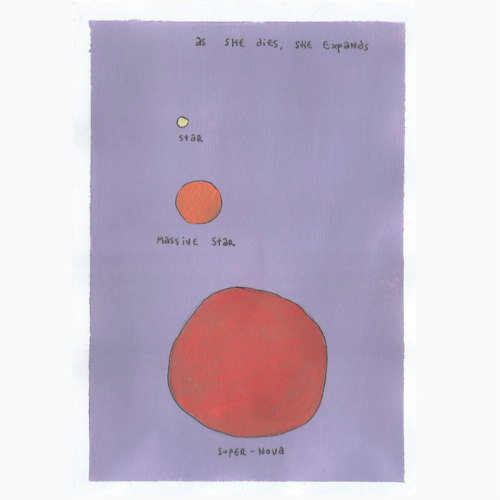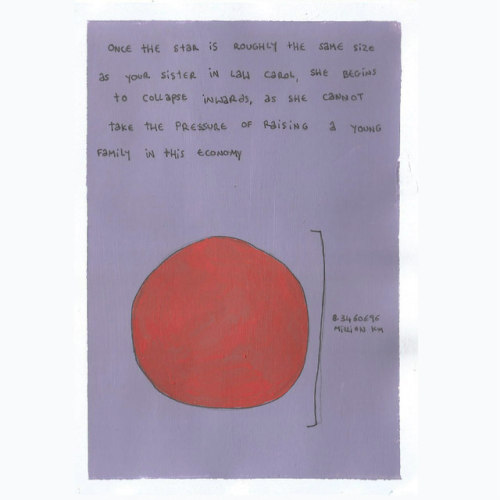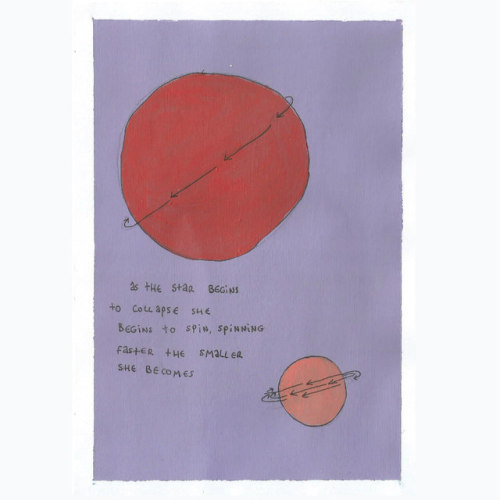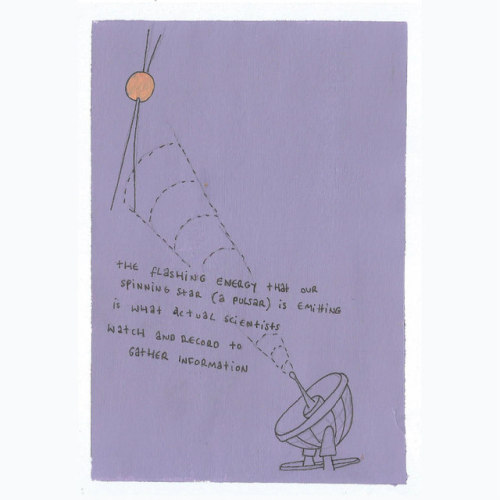#pulsar

It’s easy to get lost following the intricate, looping, twisting filaments in this detailed image of supernova remnant Simeis 147 or, as it’s better known as, the Spaghetti Nebula. Seen about 3,000 light years away, toward the boundary of the constellations Taurus and Auriga, it covers nearly 3 degrees or 6 full moons on the sky- about 150 light-years wide. This composite image includes data taken through narrow-band filters where the reddish emission is from ionized hydrogen atoms and doubly ionized oxygen atoms is in faint blue-green hues. The supernova remnant has an estimated age of about 40,000 years, meaning light from the massive stellar explosion first reached Earth 40,000 years ago. But the expanding remnant is not the only aftermath. The cosmic catastrophe also left behind a spinning neutron star, or pulsar. It’s all that remains of the original star’s core.
Happy new year everyone!
Image Credit & Copyright: Jason Dain
A bit of February 24th history…
1582 - Pope Gregory XIII announces New Style (Gregorian) calendar
1942 - The “Battle of Los Angeles” takes place, a series of anti-aircraft engagements over the city in response to a rumored but false Japanese attack (pictured)
1968 - Discovery of 1st pulsar announced
1977 - US President Carter announces US foreign aid will consider human rights
1989 - 150 million year old fossil egg found in Utah with a fossilized dinosaur embryo inside
2014 - a 4.4 billion year old crystal is discovered to be the oldest known fragment from the Earth’s crust
2020 - Former Hollywood producer Harvey Weinstein found guilty of rape and a criminal sexual act in landmark case that ignited #MeToo movement
Post link
The Little Green Men
The Little Green Man is 50 years old today! On this day in 1967 astronomer Jocelyn Burnell Bell found an unusual object blinking in a dark corner of the sky in the constellation Vulpecula. With a period of 1.3373 seconds and a pulse width of 0.04 second it was the first radio pulsardiscovered, although Bell and her Ph.D. advisor astronomer Antony Hewish had no idea what exactly they were seeing. Given the regularity of the signal, they briefly (and mostly jokingly) considered the possibility that they had stumbled upon evidence of extra-terrestrial intelligence, and dubbed it LGM1, for Little Green Men 1. According to Bell:
We did not really believe that we had picked up signals from another civilization, but obviously the idea had crossed our minds and we had no proof that it was an entirely natural radio emission. It is an interesting problem - if one thinks one may have detected life elsewhere in the universe how does one announce the results responsibly? Who does one tell first?

Thomas Gold and Franco Pacini suggested that pulsarswere in fact pulsating neutron stars, confirmed with the discovery of a second pulsar in the Crab Nebula. The next year in March 1968, The Daily Telegraph was first to publish the new word:
An entirely novel kind of star came to light on Aug. 6 last year and was referred to, by astronomers, as LGM (Little Green Men). Now it is thought to be a novel type between a white dwarf and a neutron [sic]. The name Pulsaris likely to be given to it. Dr. A. Hewish told me yesterday: “… I am sure that today every radio telescope is looking at the Pulsars.”
The word itself was a combination of pulsatingandstar, a very literal and descriptive explanation of what scientists were seeing. Today that first pulsaris known variously as CP 1919, PSR B1919+21 and PSR J1921+2153.

Pulsarsare so unique that NASA used them as intergalactic locators, drawing a map on the Pioneer plaques to allow extra-terrestrial intelligences to find planet Earth.

In 1974 Antony Hewish became the first astronomer to win a Nobel Prize in Physics, with a bit of controversy surrounding the award as Bell (who actually discovered the pulsar) was not co-awarded the prize.
All images used under CC 3.0 license.
Post link
Pulsar-class USS Menchu, long-range explorer. Fully-equipped for 10-year missions without resupply. The shuttlecraft complement includes 5 oversize shuttles: a captain’s yacht (ventral of primary hull), 2 tactical-scout shuttles (ventral of secondary hull), and 2 science/research shuttles (behind doors in saucer’s aft).
Length: 881m
Width: 350m
Decks: 38
Post link
How to make a SCAR more expensive…slap a @pulsarnightvision DigiSight or Thermal on it…then turn it to slay! #scar #scar17 #pulsar #pulsarnightvision #kineticdevelopmentgroup
https://www.instagram.com/p/BozdCd4hBOP/?utm_source=ig_tumblr_share&igshid=t8r75302enuo
Post link





















